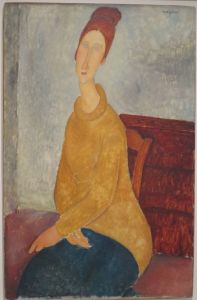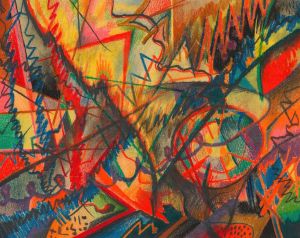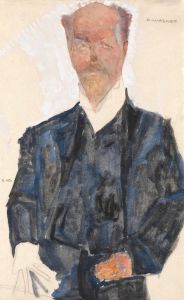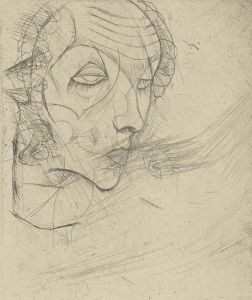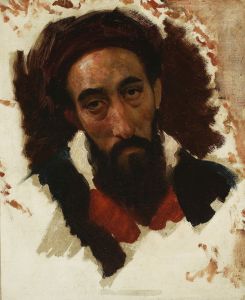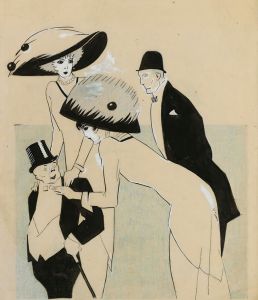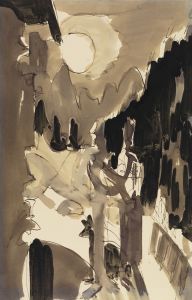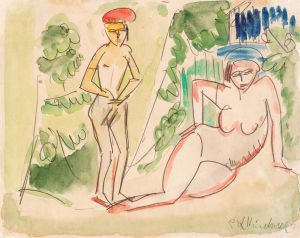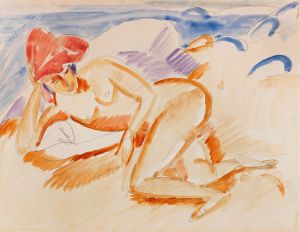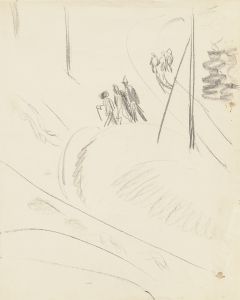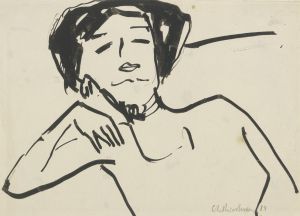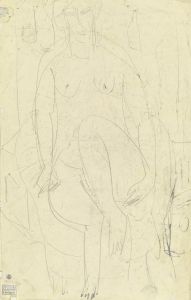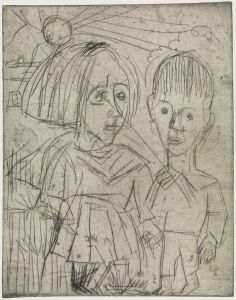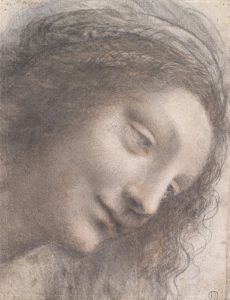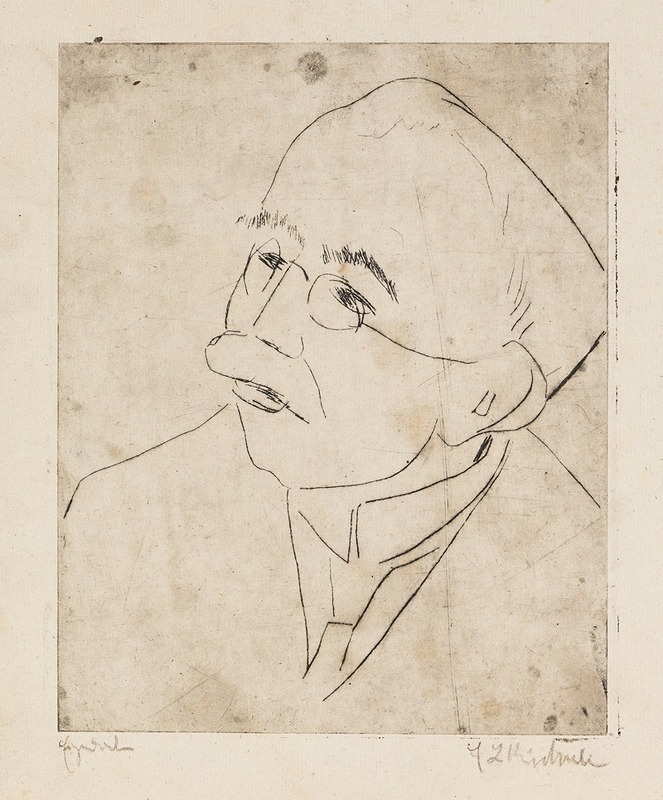
Kopf Gustav Schiefler I
A hand-painted replica of Ernst Ludwig Kirchner’s masterpiece Kopf Gustav Schiefler I, meticulously crafted by professional artists to capture the true essence of the original. Each piece is created with museum-quality canvas and rare mineral pigments, carefully painted by experienced artists with delicate brushstrokes and rich, layered colors to perfectly recreate the texture of the original artwork. Unlike machine-printed reproductions, this hand-painted version brings the painting to life, infused with the artist’s emotions and skill in every stroke. Whether for personal collection or home decoration, it instantly elevates the artistic atmosphere of any space.
Ernst Ludwig Kirchner was a prominent German expressionist painter and one of the founding members of the artist group Die Brücke (The Bridge), which played a pivotal role in the development of modern art in the early 20th century. Kirchner's work is characterized by its bold use of color, dynamic compositions, and emotive subject matter, often reflecting the tensions and anxieties of the modern world.
"Kopf Gustav Schiefler I" is one of Kirchner's notable works, focusing on the portrait of Gustav Schiefler, a significant figure in the art world during Kirchner's time. Schiefler was a lawyer and an art collector, known for his support of contemporary artists, including those associated with the Die Brücke movement. His relationship with Kirchner and other artists of the time was instrumental in promoting and preserving their work.
The portrait "Kopf Gustav Schiefler I" exemplifies Kirchner's expressionist style, characterized by its vivid colors and expressive brushwork. Kirchner often employed a technique that emphasized the emotional and psychological depth of his subjects, rather than striving for realistic representation. This approach is evident in the way he captures Schiefler's likeness, focusing on the intensity of his gaze and the contours of his face, which are rendered with bold, sweeping lines.
Kirchner's choice of color in this portrait is particularly striking. He uses a palette that contrasts warm and cool tones, creating a sense of tension and vitality. The background is often simplified, drawing attention to the subject's face, which is the focal point of the composition. This technique is typical of Kirchner's portraits, where the interplay of color and form serves to convey the inner life of the subject.
The relationship between Kirchner and Schiefler was mutually beneficial. Schiefler's support provided Kirchner with the means to continue his artistic endeavors, while Kirchner's work added to Schiefler's collection of avant-garde art. This partnership highlights the interconnectedness of artists and patrons during this period, which was crucial for the survival and success of many modernist movements.
Kirchner's work, including "Kopf Gustav Schiefler I," is often seen as a reflection of the broader cultural and social changes occurring in Germany and Europe during the early 20th century. The expressionist movement, with its emphasis on individual perception and emotional experience, sought to break away from traditional artistic conventions and explore new ways of seeing and representing the world.
Today, Kirchner is regarded as one of the leading figures of German expressionism, and his works are held in high esteem in museums and collections worldwide. "Kopf Gustav Schiefler I" remains an important piece within his oeuvre, illustrating his innovative approach to portraiture and his ability to capture the essence of his subjects through expressive means.





